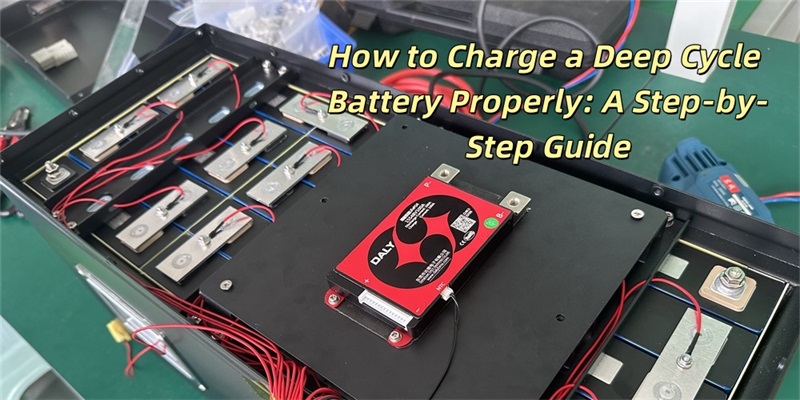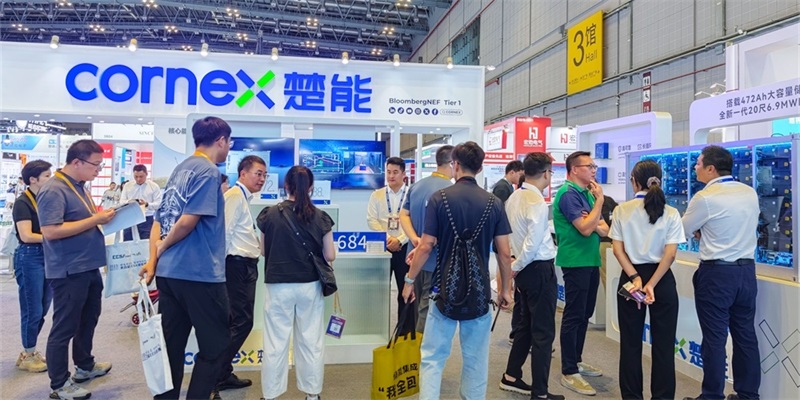How to Charge a Deep Cycle Battery Properly: A Step-by-Step Guide
Deep cycle batteries are essential for various applications, including electric vehicles, home energy storage, robotics, and more. Proper charging and maintenance are crucial for performance and longevity. If you're unsure how to charge a deep cycle battery correctly, this guide will help.

What Is a Deep Cycle Battery? How to Choose the Right One?
Deep-cycle batteries are categorized into two main types:
1. Starter batteries – Provide a high current burst to start engines (e.g., outboard motors). Once the engine runs, the alternator recharges it.
2. Standard deep cycle batteries – Deliver steady, moderate power over long periods, ideal for continuous use.
For extended cycle life (2,000–4,000 cycles), consider ELB deep cycle lithium batteries, designed for durability and efficiency.
How to Charge a Deep Cycle Battery?
1. Choose the Right Battery Charger
· Always use a dedicated lithium battery charger for LiFePO4 batteries.
· Avoid using lead-acid chargers on lithium batteries—they may cause damage or trigger error codes.
· The correct charger ensures faster, safer charging with automatic cut-off at full capacity.
2. Select the Correct Voltage and Current
· Match the charger’s voltage to the battery (e.g., 12V charger for a 12V battery).
· Check the battery’s maximum continuous charge current (usually in the manual).
· Charging amps should not exceed the battery’s amp-hour (Ah) rating.
3. Charge Under Suitable Conditions
· Ideal temperature range: -4°F to 131°F (0°C to 55°C).
· Extreme temperatures reduce efficiency. Below freezing? Use a low-temperature or heated battery (works down to -20°C).
· If the BMS detects unsafe conditions, charging will automatically stop.
4. Charging Steps
· Clean the battery terminals.
· Connect the red (+) cable first, then the black (-) cable.
· Plug in and turn on the charger.
· Smart chargers stop automatically; lead-acid chargers may need a timer.
· Once fully charged, unplug the charger, then disconnect the black cable first, followed by the red.
Why Is Proper Charging Important?
· Lead-acid batteries can be damaged by overcharging.
· Lithium batteries have BMS protection but still lose lifespan if improperly charged long-term.
How Long Does Charging Take?
Charging time depends on battery capacity and charger amperage:
Formula:
Charging Time (hours) = Battery Capacity (Ah) / Charger Current (A)
Example:
· A 100Ah battery charged with a 20A charger takes ~5 hours.
· The same battery with a 48A charger takes ~2.1 hours.
· Faster charging? Use a higher-amp charger (within battery limits).
By following these guidelines, you can maximize your deep cycle battery’s lifespan and efficiency. For specialized needs, explore Energy-x’s advanced battery solutions.

